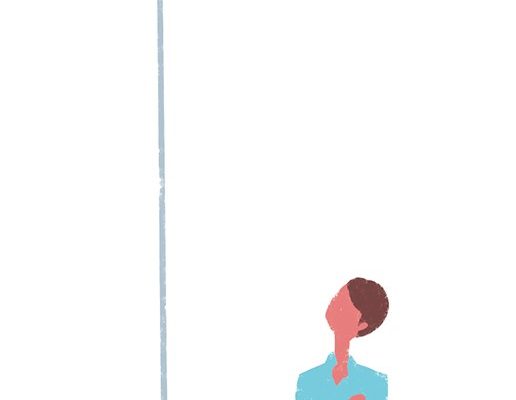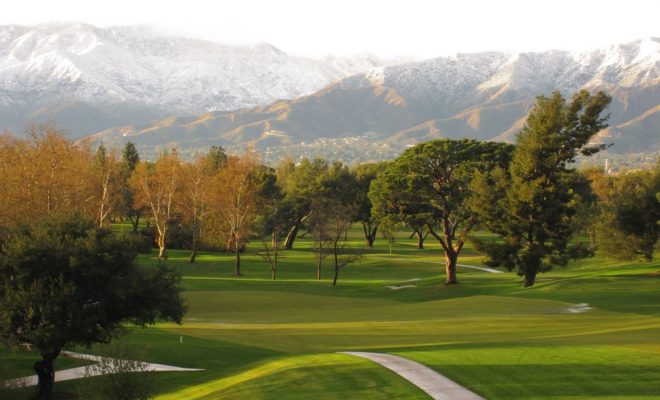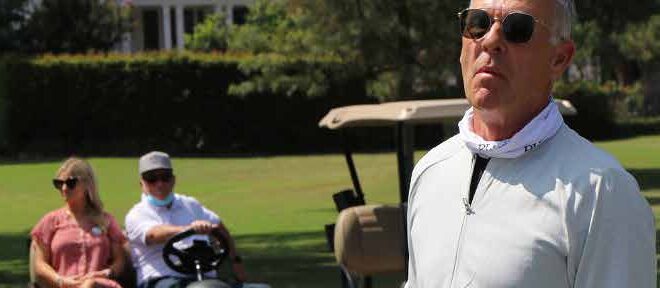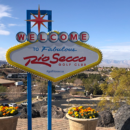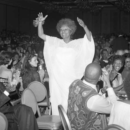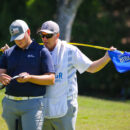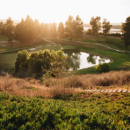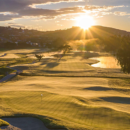The Podium: Masters Memories
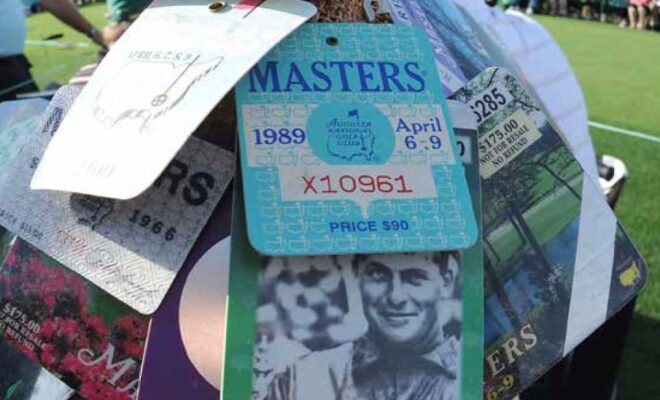
NO MATTER WHAT TIME OF YEAR, A TOURNAMENT LIKE NO OTHER
THE 84TH MASTERS golf tournament will be held Nov. 12-15. That sentence should be jarring. Even golf did not escape the total dominance of our lives brought on by COVID-19.
The Masters is played in the heart of April, when it is spring on the calendar and in our hearts. It is a drive down Magnolia Lane that all of us know about and few of us ever make. It is azaleas and dogwoods, Jim Nantz gushing about white clouds and green jackets.
But now, it is to be the final major of the year. It is also a threat to trigger as much traffic on the Weather Channel as on CBS. Will November in Augusta bring puddles and players in windbreakers? Will—HEAVEN FORBID—the greens be slow??!!
It won’t matter. It is the Masters, always special, often controversial, unique even in the midst of the kind of challenging weather that can arrive in November in Georgia. Like the postman, “neither snow nor rain nor heat nor gloom of night” will keep the Masters from delivering.
I write this based on memories, on experiences as a spectator (none allowed this year), a reporter and even a guest player. When I played Augusta National, it was November, rainy and cool and just fine. It was the home of the Masters. Nothing else mattered, or matters.
I REMEMBER:
- Sitting in a press crow’s nest adjacent to the 18th hole on the final day of the 2012 tournament. It was early, and one of my favorites, Steve Stricker, was putting out. From down the valley, the second hole, came this thunderous roar that grew, al-most like an airplane taking off. The noise became frenzy and then delirium, as Louis Oosthuizen’s 4-iron kept rolling toward the cup before dropping in for an albatross, a 2 on a par-5. The scoreboard workers on No. 18 took his 8-under number down and replaced it with an 11. Anywhere else, you’d figure it was a mistake. Not here. This was the Masters. I went to talk to Stricker, who said, “What the hell just happened?”
- Sitting in the press center one year, waiting for the day’s news to heat up, I felt a tap on my shoulder. A tournament press official said I had written a story the day before about “spectators.” He said, “Here, we call them ‘patrons.’ ”
- Wondering, as a new boss, why our star columnist at the Los Angeles Times, Jim Murray, would always say “no thanks” when I suggested he go cover the Masters. I eventually found out that he had, for years, championed the cause of black players getting into the Masters but had been ignored. Lee Elder finally got in in 1975, but Murray didn’t return until 1993. Eventually, he said, “I always liked the tournament, just not the people who ran it.”
AS A GUEST PLAYER:
- Standing on the first tee, looking down that famous fairway, almost paralyzed with awe and fear of embarrassment.
- Getting a wonderful caddie, dressed in the white Augusta National coveralls, who assured me I’d be fine and have fun. He said he once worked for the CIA before retiring to this Augusta caddie job. He said the people who ran the Masters were “much more secretive than the CIA.”
- Finally, walking back to our on-course residence, a series of homes along the 10th fairway, on a rainy departure day. My playing partners were shopping in the pro shop. I was alone. I turned the corner behind the practice green and noticed an elderly man sitting on the porch of the residence known as the Eisenhower Cabin. I recognized him and turned onto the long sidewalk that led to the porch. I shook his hand. He said he remembered me. He might have. He was like that. He asked how I had played. I said I was happy with some mid-90s scores. He said he wished he could break 90 there now. I laughed and told him he sure could at one time. We talked for about five minutes and then his car arrived.
Just like that, Arnold Palmer was gone. It was unforgettable, just like Augusta National and the Masters. No matter what time of year.

